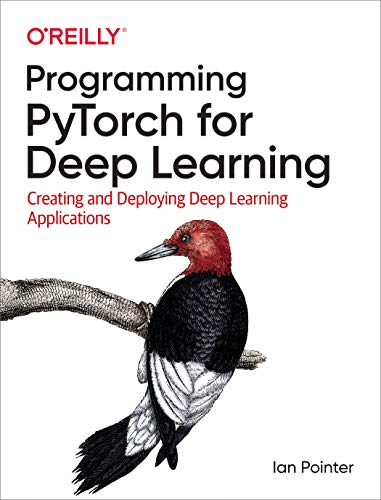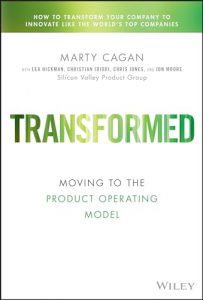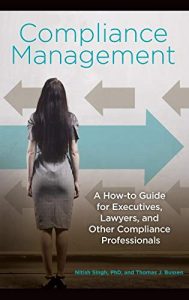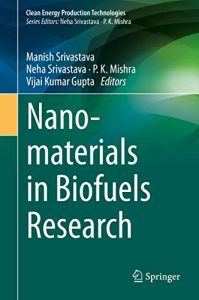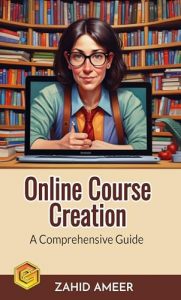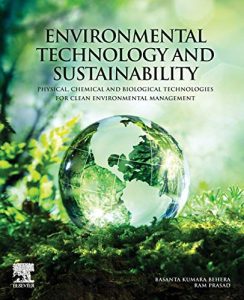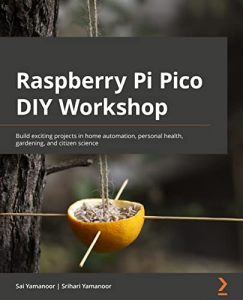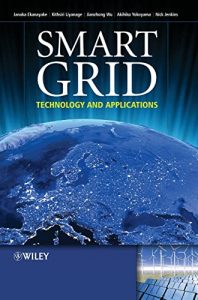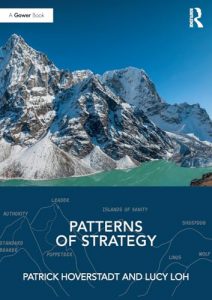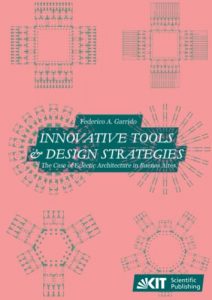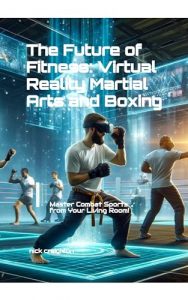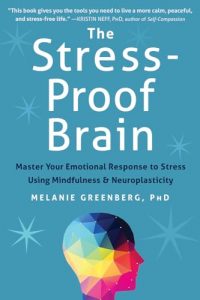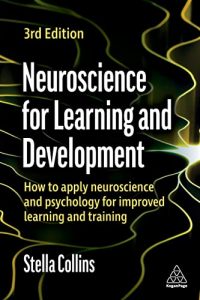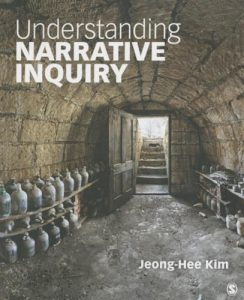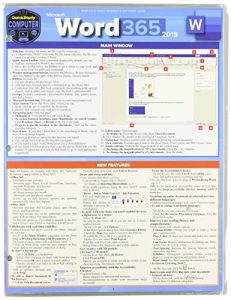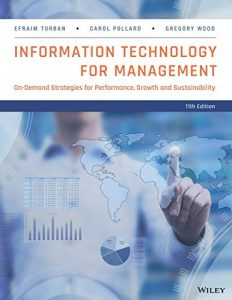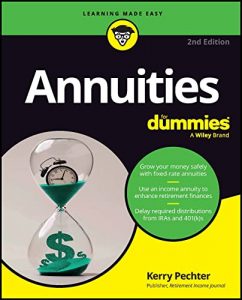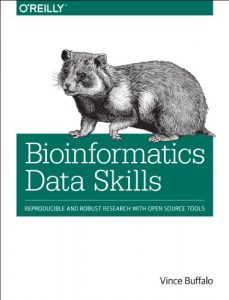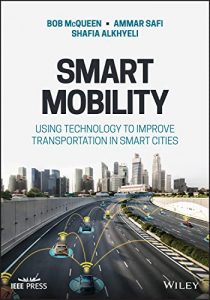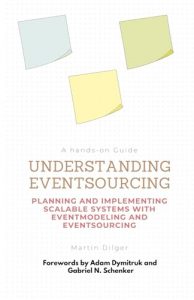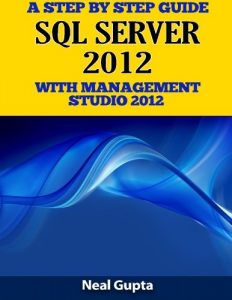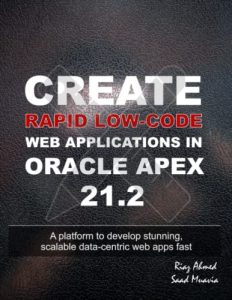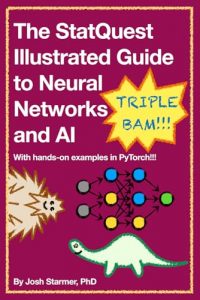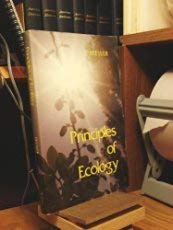Your Ultimate Guide to Deep Learning and PyTorch
If you’re venturing into the world of deep learning and artificial intelligence, you’ll need the right resources to guide you. Below, I present a selection of must-read books that not only cover the fundamentals but also dive into advanced techniques with hands-on examples using PyTorch. These books are packed with insights that will elevate your understanding and capability in machine learning. Let’s explore each one!
1. Programming PyTorch for Deep Learning: Creating and Deploying Deep Learning Applications
This book by Ian Pointer is a fantastic introductory resource for anyone looking to get started with PyTorch. It covers the essential concepts of deep learning with practical examples that help solidify your understanding. The book’s clear explanations and hands-on approach make complex topics accessible. By the end of it, you’ll not only learn how to build and deploy deep learning applications but also gain confidence in your programming abilities. A must-read for newbies and experienced programmers alike!

2. Deep Learning with Python, Second Edition
Authored by Francois Chollet, the creator of Keras, this book offers an in-depth dive into deep learning practices using Python. The second edition brings updated content that covers the latest advancements in the field. Chollet’s engaging writing style makes complex subjects easily digestible, especially for newcomers. You will learn the theoretical underpinnings of deep learning while engaging in practical coding exercises that enhance your skills. This book is a vital part of any data scientist’s library.

3. The Hundred-Page Language Models Book: hands-on with PyTorch (The Hundred-Page Books)
In this concise yet informative book by Andriy Burkov, readers are introduced to the essentials of language models through a hands-on approach with PyTorch. This book is remarkably user-friendly, with practical examples that allow readers to grasp how language models function. Burkov strikes a balance between theory and application, making it a great resource for both budding data scientists and experienced AI practitioners. It’s perfect for anyone interested in NLP or looking to enhance their skills.

4. Natural Language Processing with Transformers, Revised Edition
This book by Lewis Tunstall, Leandro von Werra, and Thomas Wolf provides a cutting-edge look at NLP using transformers. As this technology continues to redefine how we approach language processing, this book offers both theoretical insights and practical applications. The revised edition includes the latest advancements in transformers, paired with practical projects that enable readers to build their NLP applications confidently. A perfect blend of theory and practice, making it essential reading for AI enthusiasts.

5. The StatQuest Illustrated Guide to Neural Networks and AI: With hands-on examples in PyTorch!!!
Created by Josh Starmer, this book demystifies neural networks through visually engaging content. It’s perfect for visual learners who may find traditional texts challenging. With illustrations and hands-on examples, Starmer makes complex concepts more relatable. This guide is concise yet thorough, ensuring that readers come away with a solid understanding of neural networks and AI applications. Ideal for both students and professionals looking to refresh their knowledge.

6. Modern Time Series Forecasting with Python
This comprehensive book by Manu Joseph and Jeffrey Tackes is targeted at practitioners keen on mastering time series analysis. Featuring hands-on projects with PyTorch and pandas, readers will learn industry-ready techniques for building accurate forecasts. The clear writing style combined with practical examples allows both seasoned data scientists and newcomers to gain valuable insights into time series forecasting, an invaluable skill in today’s data-driven landscape.

7. Learn Generative AI with PyTorch
Mark Liu’s book on generative AI is perfect for those who want to dive deep into this exciting area. Generative modeling is at the forefront of AI, and this book provides practical instruction on how to use PyTorch for generative models. It’s tailored for someone who may have a basic understanding of machine learning and wants to expand their skills. Liu’s book is comprehensive and showcases interesting projects, making it a valuable addition to anyone’s learning journey.

8. Modern Computer Vision with PyTorch
In this vital resource by V Kishore Ayyadevara and Yeshwanth Reddy, readers are guided through computer vision techniques using PyTorch. This book breaks down complex concepts while providing an exceptional hands-on approach to mastering computer vision tasks. It covers everything from foundational topics to advanced applications, making it essential for anyone looking to enhance their skills in visual AI. A must-read for aspiring computer vision professionals!

9. Natural Language Processing with PyTorch: Build Intelligent Language Applications Using Deep Learning
This book by Delip Rao and Brian McMahan provides an extensive overview of NLP applications! Focusing on practical techniques using PyTorch, this book is embedded with hands-on projects allowing readers to apply what they’ve learned. The authors’ clear and concise teaching style makes this an ideal resource for anyone eager to build intelligent language applications. It’s perfect for those wanting to incorporate deep learning techniques into natural language tasks.

10. Learning PyTorch 2.0, Second Edition
Matthew Rosch’s updated edition is a practical guide to utilizing PyTorch for deep learning. Covering topics from neural network experimentation to utilizing CUDA, this book teaches through engaging, hands-on practices. Whether you’re a novice or looking to enhance your existing knowledge, Rosch’s methods are enlightening and efficient, offering a strong foundation and understanding of current PyTorch applications. An essential resource for anyone serious about mastering PyTorch!

In conclusion, these books offer an invaluable resource for anyone looking to dive into the exciting world of deep learning and PyTorch. Being well-versed in these readings will not only sharpen your skills but also prepare you for the future of technology in AI.

